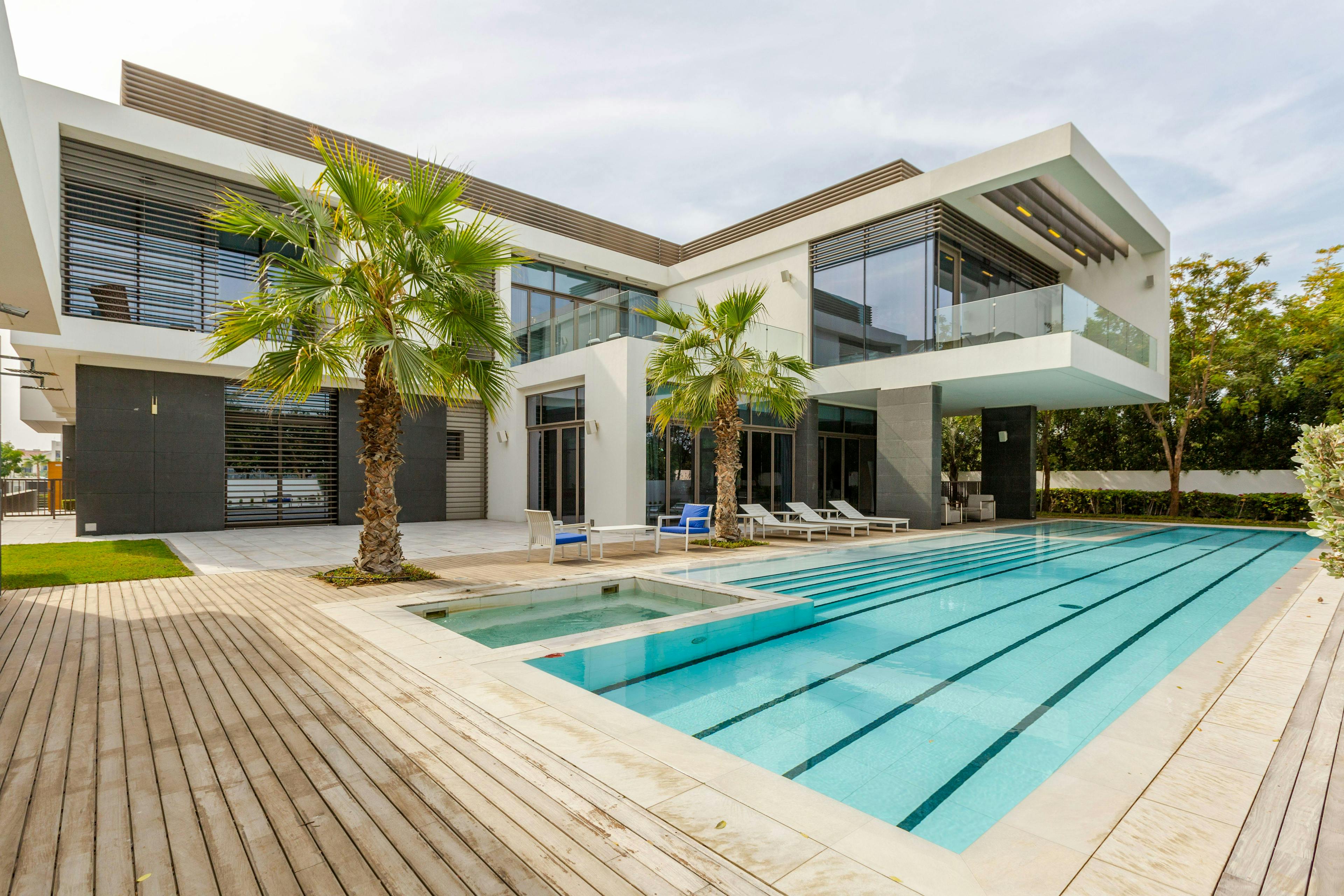
ROI Comparison: Buying off plan property in dubai vs Secondary Market in Dubai
Jul 24, 2025
5 minutes read
Dubai’s real estate sector has evolved into one of the most profitable and transparent markets in the world, attracting investors from Europe, Asia, and beyond. Among the most debated topics among both new and seasoned investors is: Which offers better ROI off-plan or secondary market properties in Dubai?
In this blog, we’ll conduct a detailed ROI (Return on Investment) comparison between off-plan and secondary (resale) properties in Dubai, exploring the key factors that influence returns, such as capital appreciation, rental income, payment flexibility, risk, and holding period.
What Is ROI in Real Estate?
ROI, or Return on Investment, is the percentage of profit an investor earns on a real estate purchase over time. It’s typically calculated using:
ROI = (Net Profit / Total Investment) x 100
ROI can be driven by:
- Rental yield (income from leasing the property)
- Capital appreciation (increase in property value over time)
- Cost efficiency (maintenance, taxes, financing costs)

Understanding the Markets
Off-Plan Property
Off-plan properties are under construction and bought directly from developers. Buyers rely on renderings and floor plans. Payment plans are stretched over construction and sometimes beyond handover.
Secondary Market Property
Secondary or resale properties are already completed and often rented out. Buyers deal with existing owners, and transactions close quickly through the Dubai Land Department (DLD).
1. Capital Appreciation
Off-Plan:
Off-plan units are purchased at launch prices, which are typically 15% to 30% below market value at handover. The appreciation happens as the area develops, infrastructure improves, and demand rises.
Example: A unit bought in 2023 for AED 1.2M at launch could be worth AED 1.6M by 2025 at handover a gain of AED 400,000 without even renting the unit.
Typical Capital Growth: 15% to 30% over 2 to 3 years (depending on project, developer, and location.
Secondary:
Secondary market prices are generally market-corrected and reflect current demand. While appreciation is possible, the growth is typically slower.
Example: A unit in Downtown bought for AED 2M may appreciate to AED 2.2M in 3 years, a 10% gain.
Typical Capital Growth: 5% to 10% annually in stable markets
Winner: Off-Plan has Higher short-term appreciation potential

2. Rental Yield
Off-Plan:
No rental income during construction. Some developers offer rent guarantee schemes post-handover, but this is limited.
Once handed over:
- Rental yields typically range from 6% to 8%, depending on area
- Higher ROI if property is in a high-demand emerging location
Secondary:
Immediate income from rental. Properties in high-demand areas like JVC, Business Bay, Dubai Marina offer 6%–9% rental yield, depending on the unit type and age.
Winner: Secondary Market Immediate rental ROI and cash flow
3. Entry Cost & Payment Flexibility
Off-Plan:
Lower initial capital outlay. Payment plans like 10-70-20 (10% booking, 70% during construction, 20% post-handover) are standard.
- Ideal for first-time investors
- No need for full financing or upfront capital
Secondary:
Requires:
- 100% cash or a minimum 20%–25% down payment + DLD fees
- Bank mortgage pre-approval
Winner: Off-Plan is Easier and more flexible for cash flow-conscious buyers

4. Risk Profile
Off-Plan:
Higher risks include:
- Construction delays
- Developer defaults (less common now)
- Market changes during build time
Dubai has introduced strict RERA regulations, escrow accounts, and developer track records to minimize these risks.
Secondary:
Lower risk property is already completed. You can inspect, evaluate, and start earning immediately.
Winner: Secondary Market has more transparency and lower risk
5. Holding Period & Liquidity
Off-Plan:
You may have limited resale options during construction (NOC needed from developer). Liquidity is lower unless you're near handover or have completed payments.
Holding period is generally 2–5 years for full ROI.
Secondary:
You can resell anytime once the title is transferred. Especially useful in a rising market.
Winner: Secondary Market has Greater flexibility and exit options
6. Maintenance & Depreciation
Off-Plan:
New properties usually have:
- 1-year to 10-year warranties
- Low maintenance costs in the first 3–5 years
- Modern design, energy-efficient systems
Secondary:
Older properties may require:
- Renovation
- Higher annual maintenance fees
- Unexpected repair costs
Winner: Off-Plan Lower upkeep costs in early ownership period

7. ROI Case Study: JVC Apartments
Let’s say you have AED 1 million to invest.
Option 1: Off-Plan in JVC
- Price: AED 950,000 (2BR apartment)
- Completion: 2026
- Estimated Rent Post-Handover: AED 70,000/year
- Appreciation: 20% at handover (AED 1.14M)
- 2-Year ROI = ~28% (capital gain only)
Option 2: Secondary in JVC
- Price: AED 950,000 (2BR apartment, ready)
- Rental Income: AED 70,000/year
- Annual Yield: 7.3%
- 2-Year ROI = ~14.6% (rental only, excluding appreciation)
Conclusion:
- Short-term: Secondary wins on rental income
- Long-term: Off-plan wins on capital gain potential
Final Thoughts
The choice between off-plan and secondary market investments in Dubai depends on your financial goals, timeline, and risk appetite.
- Choose off-plan if you want capital growth, modern units, and flexible payment options.
- Choose secondary if you seek immediate rental returns and lower risk.
At 11Prop, we help investors like you compare ROI opportunities across both markets based on real data, community trends, and exclusive deals.
Contact our experts today to get tailored advice and access to Dubai’s top ROI-generating properties.




